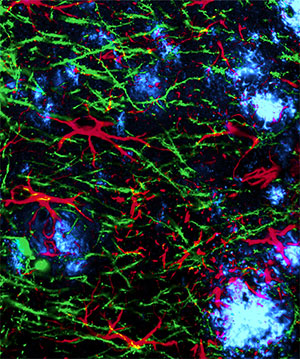
Cortical tissue with plaques stained in blue, and astrocytes responding to drug treatment in red.
Research from Yale University reveals that a new drug can restore memories and connections between brain cells in mice with a model of Alzheimer’s disease.
“The drug completely erased evidence of Alzheimer’s synapse damage and memory loss in mouse models of the disease,” said Stephen Strittmatter, the Vincent Coates Professor of Neurology and senior author of the study appearing July 5 in the journal Cell Reports.
Researchers such as Strittmatter have made significant inroads into understanding the biology of Alzheimer’s disease, but identifying effective and safe treatments has been difficult. It is known that amyloid-beta peptides, the hallmark of Alzheimer’s, couple with prion protein at the surface of brain cells and transmit damaging instructions to the interior of the cell. Yale researchers had previously identified a protein on the cell membrane — metabotropic glutamate receptor 5 or mGluR5 — as the gateway that helps transmit damage from the coupling.
Previous attempts had been made to target mGluR5, but most drugs also disrupt the signaling of glutamate, the most common neurotransmitter in the human brain. The new compound, Silent Allosteric Modulation or SAM (BMS 984923), was created by Bristol Myers Squibb as part of its effort to treat schizophrenia. The drug does not restrict neurotransmitter signaling in culture tissue or living mice, the study found. After four weeks of treatment, memory and synapses linking brain cells had been restored in mice with a model of Alzheimer’s.
“The drug does not destroy plaques associated with Alzheimer’s, but allows them to co-exist with neurons,” Strittmatter said.
Yale researchers say the next step is to prepare for preliminary trials of the drug’s effects on humans.
Primary funding for the research comes from the National Institutes of Health.
Yale’s Laura T. Haas is lead author of the study. Researchers from Bristol-Myers Squibb Research and Development also contributed to the paper.
Reference: “Silent Allosteric Modulation of mGluR5 Maintains Glutamate Signaling while Rescuing Alzheimer’s Mouse Phenotypes” by Laura T. Haas, Santiago V. Salazar, Levi M. Smith, Helen R. Zhao, Timothy O. Cox, Charlotte S. Herber, Andrew P. Degnan, Anand Balakrishnan, John E. Macor, Charles F. Albright and Stephen M. Strittmatter, 5 July 2017, Cell Reports.
DOI: 10.1016/j.celrep.2017.06.023

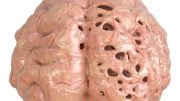
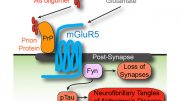
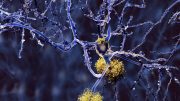

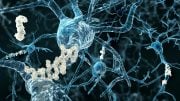
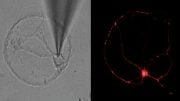

Wow I would like to participate in human trials as I’m having memory problems and it is very scary